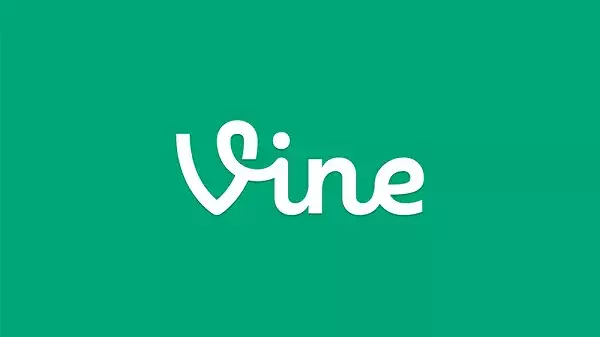In recent weeks, the tech world has been buzzing with rumors and announcements suggesting that Vine, the once-dominant short-form video platform, might be making a comeback. However, the reality is far from a true revival. Instead, what unfolds looks more like a diluted echo of Vine’s original appeal, manipulated and repurposed through the lens of artificial intelligence. The excitement surrounding this potential resurrection is understandable—many still see Vine as the birthplace of social video culture that shaped the digital landscape. Yet, beneath the surface, this so-called “revival” is fundamentally disconnected from what made Vine a cultural phenomenon. It’s a product of nostalgia, yes, but fueled by corporate interests and technological gimmickry rather than a genuine commitment to reinvigorate the pioneer of short-form videos.
The Irony of AI as a Substitute for Authentic Creativity
Elon Musk’s recent statements position the new AI-driven video features as a successor to Vine, calling it “AI Vine” within X, formerly Twitter. This label is misleading because it suggests continuity where there is merely imitation. What Musk describes, notably the Grok Imagine tool, is essentially a text-to-video generator that creates AI-produced clips. These are simple, often bizarre, and not inherently engaging in the way Vine’s six-second clips once were. What defeats this notion of AI-driven content replacing Vine is the absence of human touch, spontaneity, and the cultural resonance Vine fostered. Vine thrived because of its community-driven nature—user-created content that was personal, humorous, relatable, and often spontaneous. AI-generated clips, however, lack the nuance and emotional connection that made Vine a platform where creators blossomed.
Ignoring the Power of Presentation and User Experience
Vine’s unique appeal was rooted in its format: a seamless, full-screen, vertical feed of six-second videos that users could scroll endlessly. This design facilitated not only quick consumption but also the discovery of viral trends and the quick rise of influencers. Merely generating AI clips and randomly posting them to X does not replicate this experience. It’s a scattershot approach that ignores the essential characteristics of engaging short-form videos. Platforms like TikTok and Instagram Reels have already optimized this model, and AI clips are flooding these channels without any significant disruption. Thus, repurposing AI videos within X’s interface does little to challenge existing platforms. It merely adds noise rather than innovation.
Is There Really Value in Restoring the Vine Archive?
One aspect of Elon Musk’s announcement that does hold some sentimental value is the effort to restore the Vine video archive. Revisiting old Vines offers a nostalgic trip down memory lane and preserves a piece of internet history. However, restoring the archive does not equate to bringing Vine back as a platform or a technology. It’s akin to opening a museum exhibit—celebrating the past without any clear blueprint for future relevance. While the archive may provide moments of entertainment or cultural significance, it remains an isolated relic rather than a foundation for the next chapter of social media.
The Real Questions Behind Technological Reinvention
Why does this entire exercise feel so superficial? The answer lies in the broader trend of tech companies leveraging existing brands and nostalgic appeal without investing in substantive innovation. Rebranding AI-generated videos as “Vine” or “AI Vine” is a marketing tactic that taps into collective memories but sidesteps the more challenging questions about platform design, community-building, and sustainable content creation. True revival requires more than just repackaging old formats with new tech; it requires reimagining how users engage, create, and connect in meaningful ways. Simply overlaying an AI tool onto the existing social landscape doesn’t accomplish this, especially when the content produced is superficial, inconsistent, and largely forgettable.
The Future of Short-Form Video and the Role of AI
While AI holds enormous potential for content creation, its current iteration as a tool for generating quick clips on social platforms remains largely gimmicky. The industry should be cautious about equating AI’s capability with a genuine cultural shift or a platform’s identity. Instead, AI should serve as an enhancer of human creativity, not a substitute. Short-form videos are powerful because they thrive on spontaneity, relatability, and community participation. Replicating this essence with AI-generated clips could risk diluting the authenticity that made platforms like Vine and TikTok successful—unless there’s a deliberate attempt to foster genuine human expression and interaction, which right now remains absent.
The idea of bringing Vine back is appealing only if it involves a fundamental reinvention rooted in community and creative authenticity. What’s happening now is a superficial misrepresentation, an attempt to cash in on nostalgia rather than facilitate a real innovative leap forward. Until social media platforms prioritize meaningful engagement over gimmicks, the so-called revival will likely remain an empty promise—not the rebirth fans hope for but a hollow echo of a bygone era.

